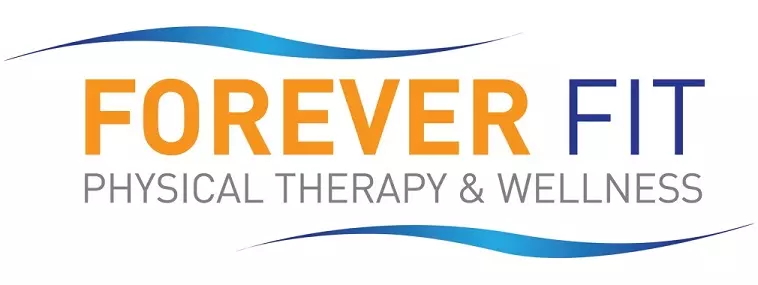In addition to knee pain, a torn meniscus can cause swelling or stiffness and keep you from bending your knee or putting weight on it. Most meniscus tears require at least a few weeks of relative rest and physical therapy, and some require surgery followed by up to six months of rehabilitation. The location and severity of the tear are important factors that determine your recovery time. A mild tear on the outside of the meniscus may heal in four to six weeks with physical therapy. A more severe tear, or one on the inside of the meniscus, may require surgery and three to six months of rehabilitation.
Your health and lifestyle before the injury and the treatment you receive will also make a difference. People who are young and active typically have a faster healing response. Health conditions and medications can affect your healing time, along with lifestyle factors like smoking and alcohol use. Sticking to your treatment plan can help you make the fastest recovery possible.
In this article, we’ll outline seven key factors that can affect your recovery timeline.
7 key factors affecting recovery time for a torn meniscus
Like most soft tissue injuries, meniscus tears can cause different symptoms depending on their severity and structural impact. The meniscus is a C-shaped piece of cartilage that stabilizes and cushions the knee joint. There are an infinite number of possible meniscus tears — the way the meniscus was torn, the amount of force, and the person’s anatomy and health are all independent variables. Each injury is unique, so to get a specific idea of your recovery timeline, you’ll need to see a physical therapist or a doctor for an assessment.
The following are seven key factors that can affect your recovery timeline:
-
Type of tear
Meniscus tears are classified by the shape and direction of the tear. The different types of meniscus tears include radial, longitudinal, horizontal, flap, complex and bucket-handle tears. Some types of mild tears may heal with a few weeks of rest and conservative treatments like physical therapy. Complex or degenerative tears may require surgery followed by three to six months of rehabilitation.
- Location of the tear
The location of a meniscus tear is important because it affects how much blood circulates to the area. The “red zone” is the outer portion of the meniscus that has a good blood supply. Tears in this area are more likely to heal with less intervention, in a matter of weeks. The “white zone” is the inner portion, which has much less circulation. Tears in the white zone and moderate to severe tears in the red zone may require surgery and rehabilitation.
-
Age and health status
Younger people typically have stronger immune systems and faster healing responses than older patients. Certain medications can affect your body’s ability to heal. Health conditions like diabetes and autoimmune disorders can also slow the healing process.
-
Lifestyle
If you’re physically active and you eat nutritious foods, you’ll be more likely to have a faster healing time. Stress, smoking and alcohol consumption are known to increase healing times. Smoking further restricts blood flow to this area, which already has relatively poor circulation compared to other parts of the body.
-
Joint health
A mobile and well-conditioned knee joint will heal faster than a knee joint that’s stiff, weak or out of balance. Preexisting knee conditions like osteoarthritis may complicate recovery and extend your rehabilitation time by weeks or even months.
-
Treatment approach and compliance
Your treatment approach dramatically affects the recovery timeline. Conservative management with physical therapy for small, stable tears might allow you to return to activities within four to eight weeks. Some surgical interventions have longer healing times than others. For instance, a partial meniscectomy (removing the damaged portion) typically requires three to six weeks of recovery and rehabilitation. A meniscus repair surgery may require six to nine months. Following your treatment plan is a critical way to help ensure the fastest recovery.
-
Desired activity level
Walking and returning to ordinary activities might be possible within four to eight weeks post-treatment. However, high-impact sports like basketball or soccer typically require three to six months of progressive rehabilitation to ensure the knee can tolerate the activity. Athletes often need additional sport-specific therapy to rebuild their strength and prevent reinjury.
Get a personalized treatment plan for your torn meniscus at Forever Fit
Even a mild meniscus tear may require treatment, depending on where it is and how it’s affecting you. A physical therapist can perform diagnostic testing and create a personalized treatment plan using natural, noninvasive treatment methods. They can also let you know if more extensive treatment is needed and refer you to a doctor, if necessary.
At Forever Fit, we talk with you about your condition in terms you can understand. We get to know our patients on a personal level so we can provide effective treatments that support their lives outside of treatment. We believe in educating people and empowering them to take control of their wellness. We specialize in treating musculoskeletal conditions like meniscus tears. We can even provide pre- and post-surgery rehabilitation to help make your recovery as smooth as possible.
Are you exploring treatment options for a torn meniscus? We can help you find out how long your recovery should take and what treatments are likely to create the best outcomes. Contact our team today for more information or to schedule an initial appointment.

